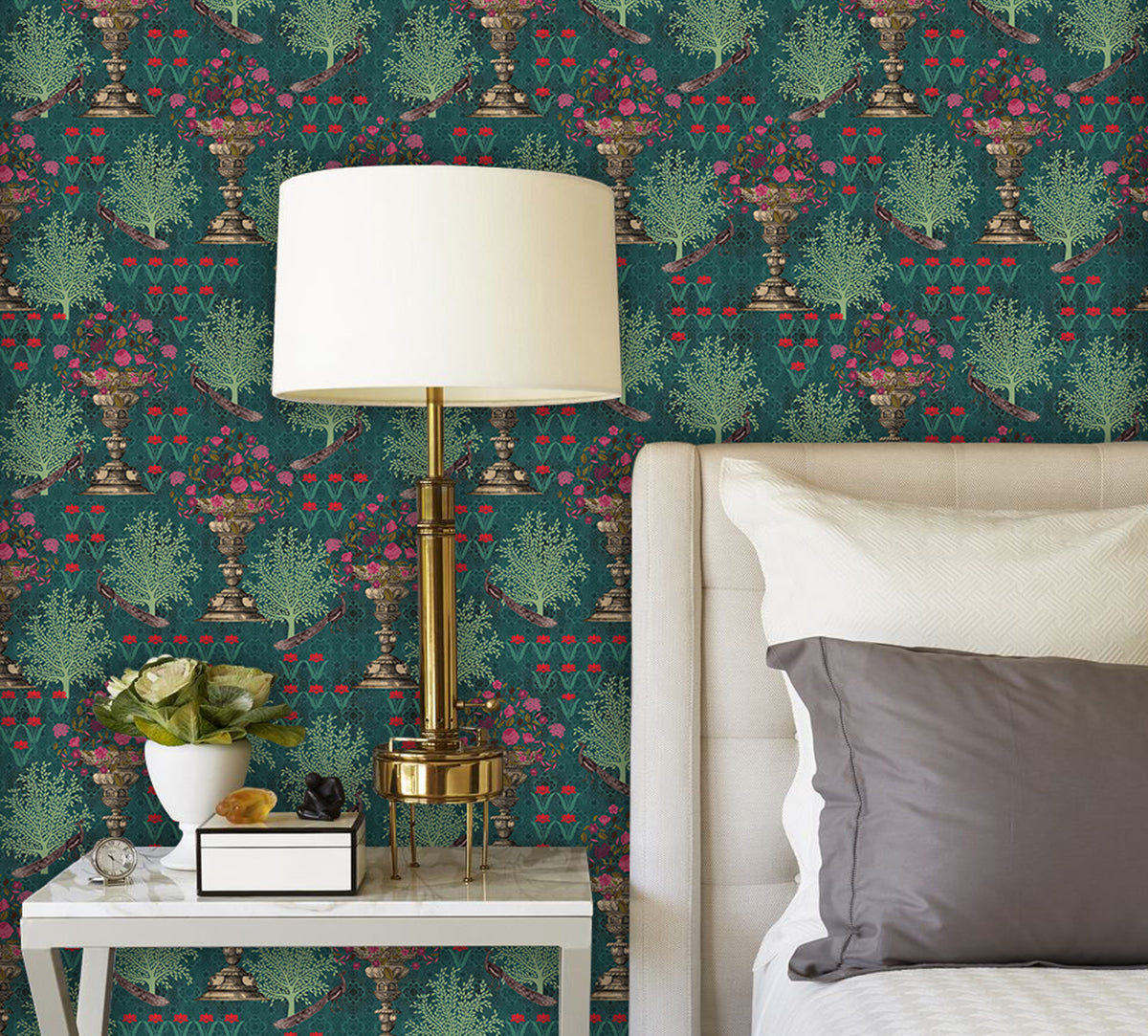Sequin embroidery is a decorative technique that involves the use of small, shiny, disk-shaped embellishments called sequins. These sequins are typically made of metal or plastic and are attached to fabric using various stitching techniques. Sequin embroidery has a rich history and continues to be popular in contemporary fashion and textile design. Here's an overview of its history and current scenario.
History

Sequin embroidery can be traced back thousands of years to ancient civilizations. The earliest evidence of sequins can be found in ancient Egypt, where they were used to decorate royal garments and accessories. These early sequins were made of precious metals like gold and were sewn onto garments using threads made of silk or linen.
In ancient India, sequin embroidery gained prominence during the Mughal era (16th to 18th centuries). The Mughal rulers and nobility adorned their clothing with intricate sequin work, which often featured floral motifs and intricate patterns. This tradition of sequin embroidery continues to thrive in contemporary Indian textile arts, particularly in regions like Rajasthan and Gujarat.
During the early 20th century, sequin embroidery gained popularity in Western fashion. Designers like Elsa Schiaparelli and Coco Chanel incorporated sequins into their designs, creating glamorous and sparkling garments. Sequin embroidery became a symbol of luxury and high fashion.
Current Scenario

Sequin embroidery remains a prominent embellishment technique in contemporary fashion and textile design. It is often used in evening wear, bridal gowns, costumes, and accessories to add sparkle and glamour. Sequins come in various shapes, sizes, and finishes, allowing designers to create diverse visual effects.
In recent years, there has been a resurgence of sequin embroidery in both high-end and mainstream fashion. Designers have been experimenting with innovative techniques and unconventional applications of sequins. For example, sequins are now being used to create three-dimensional effects, textured surfaces, and even sequin "paintings" on fabric.
Sequin embroidery has also found its way into other creative fields, such as interior design and art installations. It is used to embellish home furnishings, wall hangings, and even large-scale installations in public spaces. Sequins bring a sense of opulence and playfulness to these contexts.
Additionally, advancements in technology have led to the development of sequin embroidery machines, which can automate the process of attaching sequins to fabric. This has made sequin embroidery more accessible and efficient, allowing for larger-scale production and customization.
Sequin embroidery continues to captivate designers, artisans, and fashion enthusiasts alike. Its ability to transform garments and textiles into eye-catching, dazzling creations ensures that sequins will remain a beloved embellishment for years to come.







Leave a comment
Please note, comments need to be approved before they are published.